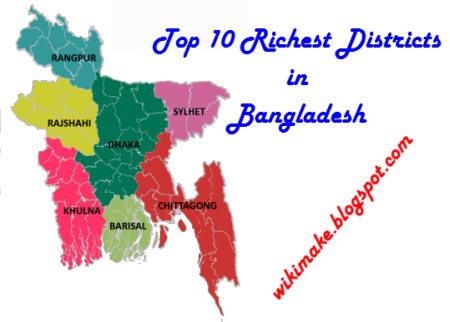Constitution of India is the supreme law of India. It is a living record, an instrument which makes the administration system work. It sets out the system characterizing basic political standards, sets up the structure, techniques, forces and obligations of government establishments and sets out essential rights, mandate standards and the obligations of citizens. It is the longest written constitution of any sovereign nation on the plant and it’s containing 449 articles in 25 parts, 12 schedules, 5 supplements and 101 Amendments.
Salient Features of the Indian Constitution
Following are the silent features.
i. Written Constitution
The constitution of Indian is written form. According to the recommendations of the Cabinet Mission Plan; Constituent Assembly was set up for confining a constitution for the Union of India. The Assembly comprised of the agents of the regions and the candidates of the states and finally adopted a constitution.
ii. Partly Rigid and Partly Flexible
The Constitution of India is rigid and flexible. There is a symphonic mix of rigidity and flexibility. A few sections of the Constitution can be amended by the customary law-production prepare by Parliament. Certain provisions can be amended, just when a Bill for that object is passed in house of Parliament by a greater part of the aggregate participation of that house and. by a lion's share of at the very least two-third of the members from that house present and voting. At that point there are sure different provisions which can be amend by the second strategy portrayed above and are endorsed by the lawmaking bodies of at least one-portion of the states before being displayed to the President for his consent. It should likewise be noticed that the ability to start bills for revision lies in Parliament alone, and not in the state legislatures.
iii. Parliamentary form of Government
The constitution of India sets up a parliamentary type of a legislature both at the Center and the State. The essence of the parliamentary government is its obligation to the Legislature. The president is the constitutional leader of the State yet the genuine official power is vested in the gathering of ministers whose head is the Prime Minister.
iv. Fundamental Rights
The joining of a formal assertion of Fundamental Rights in part III of the Constitution is considered to be a recognizing highlight of a fair State. These rights are forbiddings against the State. The State can't make a law which takes away or shortens any of the privileges of the natives ensured to some part III of Constitution.
v. Constitution of the units also included
The constitution of an elected state more often only with the Federal Government and leaves the combining units to draw their own particular constitutions. This practice was followed in the encircling of the constitutions of the USA, USSR, Canada and other Federal States. In any case, the Indian constitution gives the constitutions of both the Union and the states. This has added to the main part of the Indian constitution.
vi. A federation with strong centralizing tendency
The most remarkable element of the Indian Constitution is that being a government Constitution it secures a unitary character amid the season of crisis. Amid the decree of crisis the ordinary dissemination of powers amongst Center and State experiences a fundamental change. The union parliament is engage to administer on any subject specified in the state list. The money related plans between the Center and State can likewise be adjusted by the Union Government.
vii. Socialist State
India is a communist state. The expression "Socialist" was added to the introduction of the constitution by the 42nd Constitutional Amendment Act of 1976. In any case, it is to be noticed that the "Socialism" conceived by the constitution is not the typical state communism of Russian or Chinese assortment which includes nationalization of the considerable number of method for production, distribution; communication and so on.
viii. Adult Suffrage
The old system of shared electorates has been canceled and the uniform adult suffrage system has been received. Under the Indian Constitution each man and ladies over 18 years old has been given the privilege to choose delegates for the governing body.
ix. A federal Polity
The constitution is government in nature yet the term; "Federation" has now here been utilized as a part of the constitution. India has been depicted as a Union of States as indicated by the Article 1 of the constitution. There is twenty five century in the union, every one with a different Executive, Legislature and Judiciary. Powers have been isolated between the Union Government from one perspective and the states on the other by the constitution itself. The constitution is sovereign and there is arrangement for judicial review.
x. A Secular State
A Secular State has no religion of its own as perceived religion of State. It treats all religions similarly. Articles 25 to 28 of the Indian Constitution give solid shape to this idea of secularism. It certifications to each individual the opportunity of still, small voice and the privilege to maintain and propagate religion. In a Secular express, the state just manages the relationship amongst man and man.
xi. Single Citizenship
Indian constitution provides only single citizenship.








